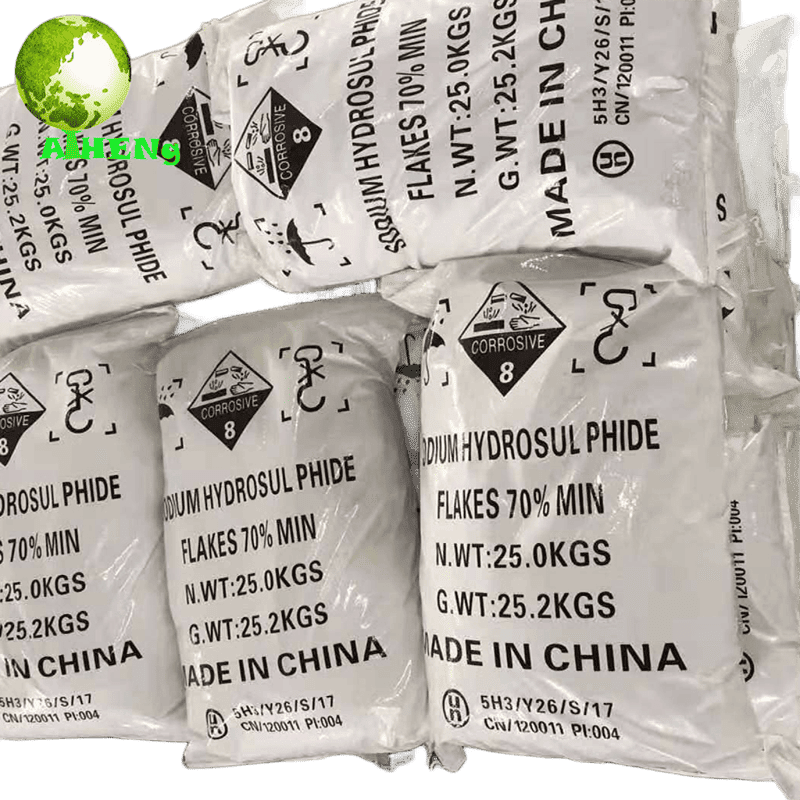
NPK fertilizer is a blend of the three main plant nutrients:
- N (Nitrogen): Promotes leaf and stem growth.
- P (Phosphorus): Supports root development and flowering.
- K (Potassium): Improves fruiting, grain filling, and plant resistance.
Applying NPK correctly ensures healthy crops and higher yields.
1. Preparation Before Application
- Soil Testing
- Conduct a soil test to know the nutrient status.
- Choose the right NPK ratio (e.g., 15:15:15, 20:10:10, 17:17:17).
- Understand Crop Needs
- Leafy vegetables (e.g., spinach, lettuce): need more nitrogen.
- Root/tuber crops (e.g., cassava, potatoes): need more phosphorus.
- Fruit/grain crops (e.g., maize, tomatoes, rice): need more potassium.
2. Methods of Application
A. Basal Application (Before Planting)
- Apply NPK fertilizer during land preparation.
- Broadcast evenly on the field or apply in planting holes/ridges.
- Mix lightly with soil to avoid nutrient loss.
B. Side Dressing (After Planting)
- Apply fertilizer near the base of the crop (not directly on the stem).
- Place fertilizer 5–10 cm away from the plant and cover with soil.
- For row crops (maize, beans, vegetables), apply along the row.
C. Top Dressing
- Done when crops are actively growing (e.g., maize at knee height, rice at tillering).
- Apply fertilizer around plants, followed by light watering or rainfall.
D. Fertigation (if irrigation is available)
- Dissolve NPK in water and apply through drip or sprinkler systems.
- Provides uniform distribution and quick nutrient absorption.
3. Application Rates (General Guide)
- Maize: 200–300 kg/ha (20–30 g per plant, split into 2–3 applications).
- Rice: 150–250 kg/ha (apply in 2–3 splits: basal, tillering, panicle initiation).
- Vegetables (tomato, cabbage, etc.): 150–250 kg/ha, applied in splits every 2–3 weeks.
- Cassava/Yams: 100–200 kg/ha (apply at planting and mid-growth).
(Exact rates depend on soil test results and crop variety.)
4. Best Practices
- Apply fertilizer when soil is moist (after rain or light irrigation).
- Do not place fertilizer directly on seeds or stems (it may burn them).
- Split applications instead of applying all at once → reduces losses.
- Combine NPK with organic manure/compost to improve soil fertility.
- Avoid overuse → too much nitrogen can cause excessive leaves and poor yields.
5. Signs of Deficiency
- Nitrogen deficiency: yellowing leaves, stunted growth.
- Phosphorus deficiency: purple/blue leaf tinge, poor root growth.
- Potassium deficiency: leaf edges turn brown, weak stems, poor fruiting.
Applying the right NPK blend corrects these problems.
✅ Conclusion:
Proper application of NPK fertilizer ensures crops get balanced nutrients for healthy growth, high yields, and improved quality. Farmers should always base application on soil tests, crop type, and growth stage, and combine with good farming practices for the best results.
